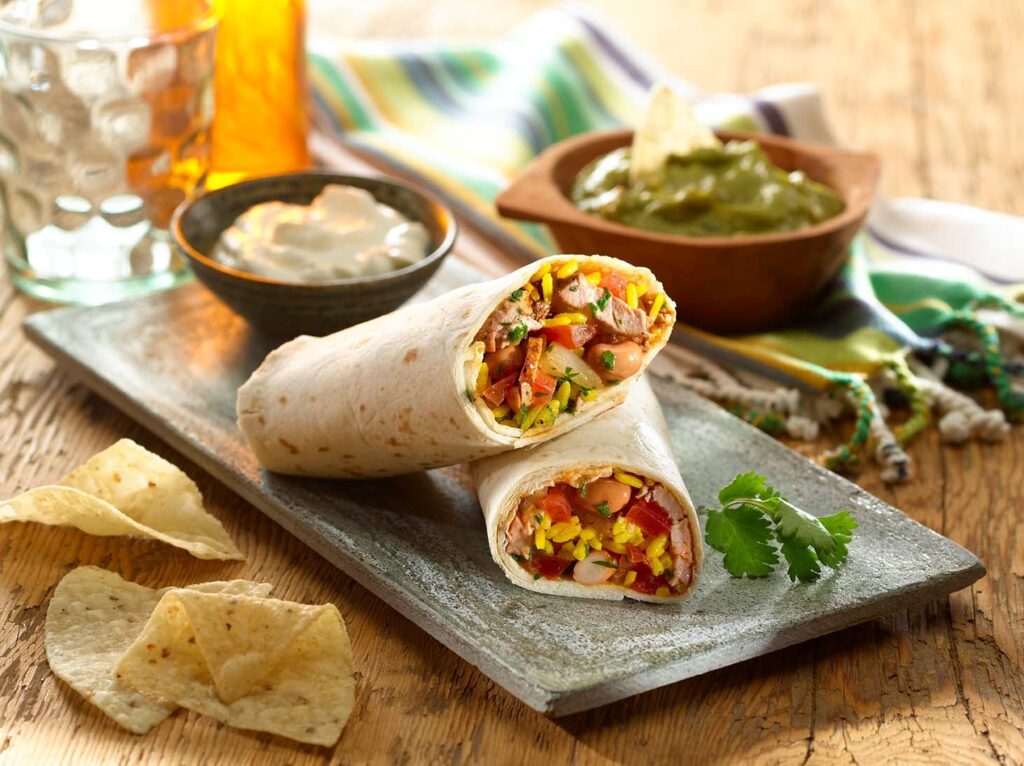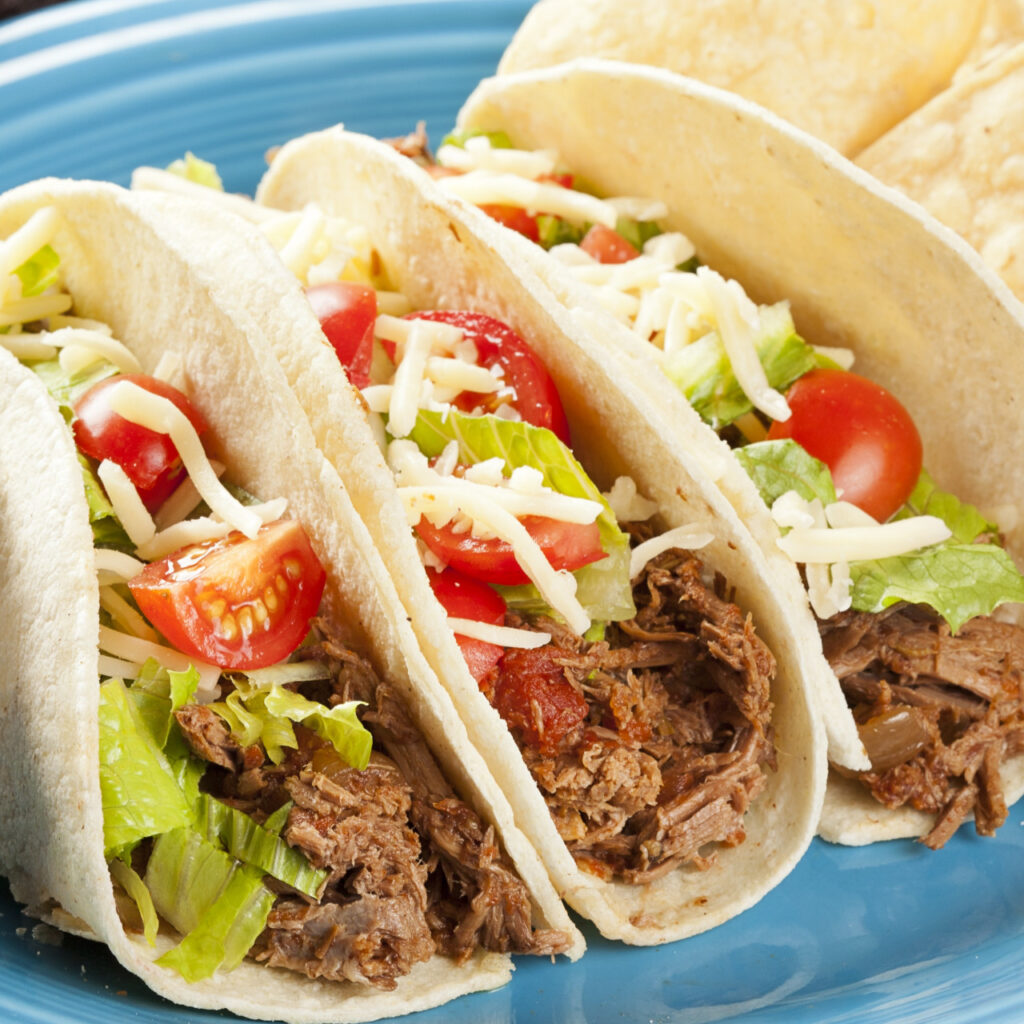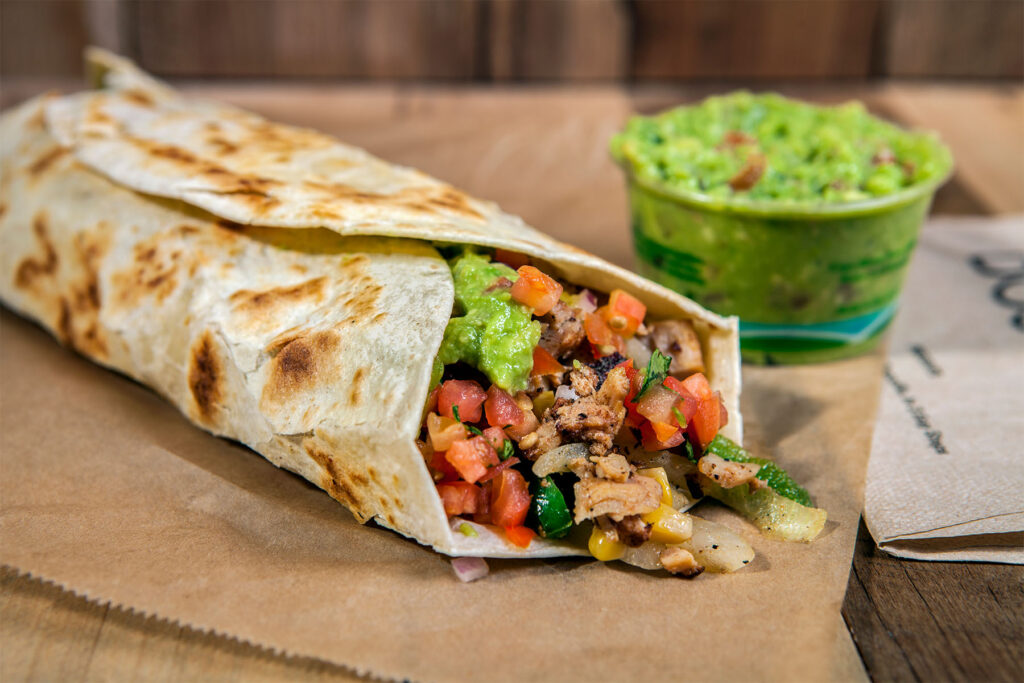Introduction
When one thinks of Mexican cuisine, visions of tacos, enchiladas, and guacamole often come to mind. However, one of the most beloved and perhaps less internationally recognized dishes is the Monterrey Burrito. This delightful culinary creation hails from Monterrey, the capital of the northeastern state of Nuevo León in Mexico. Known for its rich flavors and hearty ingredients, the Monterrey Burrito stands out as a testament to the region’s culinary prowess.
The History of the Burrito
Origins of the Burrito
The burrito, in general, has a storied history. Its name is derived from the Spanish word “burro,” meaning donkey, with “burrito” translating to “little donkey.” This moniker is thought to have come about due to the resemblance of the rolled-up tortilla to the bedrolls or packs traditionally carried by donkeys. Burritos as we know them today emerged in the northern regions of Mexico, particularly in the states bordering the United States.
Evolution to the Monterrey Burrito
While the classic burrito typically contains ingredients like beans, cheese, and meat, the Monterrey Burrito takes it a step further by incorporating the local flavors and ingredients unique to Monterrey. This variation evolved through the blending of traditional Mexican cooking techniques with regional ingredients, resulting in a dish that is both familiar and distinctly unique.

Ingredients and Preparation
Essential Ingredients
To make an authentic Monterrey Burrito, several key ingredients are essential:
- Flour Tortilla: The foundation of the burrito, these tortillas are larger and thicker than those used for tacos.
- Carne Asada: Grilled beef, marinated with lime juice, garlic, and other spices.
- Frijoles: Refried beans, often seasoned with lard or bacon fat for added flavor.
- Queso Fresco: A soft, fresh cheese that adds a creamy texture.
- Pico de Gallo: A fresh salsa made from tomatoes, onions, cilantro, and lime juice.
- Guacamole: Creamy avocado dip, sometimes spiced up with jalapeños or chili peppers.
- Salsa Roja: A red sauce made from tomatoes, chili peppers, garlic, and onions.

Step-by-Step Preparation
- Marinate and Grill the Carne Asada: Begin by marinating the beef in a mixture of lime juice, garlic, salt, pepper, and a touch of cumin. Let it sit for at least an hour before grilling to your desired doneness. Once cooked, slice it thinly.
- Prepare the Refried Beans: Cook the beans and mash them with lard or bacon fat, adding salt and other spices to taste. The beans should be creamy but not too runny.
- Warm the Tortillas: Heat the flour tortillas on a griddle or skillet until they are soft and pliable.
- Assemble the Burrito: Lay the tortilla flat and spread a layer of refried beans down the center. Add a generous portion of carne asada, followed by a sprinkle of queso fresco. Top with pico de gallo, guacamole, and a drizzle of salsa roja.
- Fold and Serve: Fold the sides of the tortilla inwards, then roll it from the bottom up, ensuring that all the filling is securely tucked inside. Serve the burrito warm, perhaps with a side of rice or a simple salad.
Cultural Significance
Monterrey’s Culinary Identity
Monterrey is a city known for its strong cultural identity and its unique culinary traditions. The Monterrey Burrito is more than just a meal; it represents the fusion of indigenous Mexican flavors with the influences of Spanish cuisine brought by colonization. It is a dish that has been passed down through generations, with each family adding their own twist to the recipe.
A Symbol of Mexican Hospitality
In Mexican culture, food is often at the heart of social gatherings. The Monterrey Burrito, with its hearty and satisfying ingredients, embodies the spirit of Mexican hospitality. It is a dish that brings people together, whether enjoyed at a casual family meal or served at a festive celebration.

Variations and Modern Takes
Vegetarian and Vegan Options
While the traditional Monterrey Burrito features carne asada, there are many variations to accommodate different dietary preferences. For a vegetarian option, grilled vegetables such as bell peppers, zucchini, and mushrooms can be used in place of meat. A vegan version might include plant-based proteins like tofu or tempeh, along with dairy-free cheese and vegan refried beans.
Fusion Burritos
Modern chefs have taken the concept of the Monterrey Burrito and infused it with flavors from other cuisines. For instance, one might find a Korean-Mexican fusion burrito featuring bulgogi beef and kimchi, or an Indian-Mexican fusion with curried vegetables and raita.
How to Enjoy a Monterrey Burrito
Pairing with Beverages
To fully enjoy the flavors of a Monterrey Burrito, consider pairing it with traditional Mexican beverages. A cold cerveza (beer) complements the rich, spicy flavors of the burrito. For a non-alcoholic option, try an agua fresca, a refreshing drink made from fruits like watermelon, hibiscus, or tamarind.
Sides and Accompaniments
While the burrito itself is a complete meal, adding a few sides can enhance the dining experience. Mexican rice, elote (grilled corn on the cob), and a simple salad with lime dressing are all excellent choices. For a touch of sweetness, serve the burrito with a side of fresh fruit or a light dessert like flan.
Conclusion
The Monterrey Burrito is a celebration of authentic Mexican flavors and a testament to the rich culinary traditions of Monterrey. Its combination of grilled meat, creamy beans, fresh salsas, and warm tortillas creates a symphony of tastes and textures that is both comforting and exciting. Whether enjoyed in its traditional form or with a modern twist, the Monterrey Burrito remains a beloved dish that brings people together and showcases the vibrant spirit of Mexican cuisine.